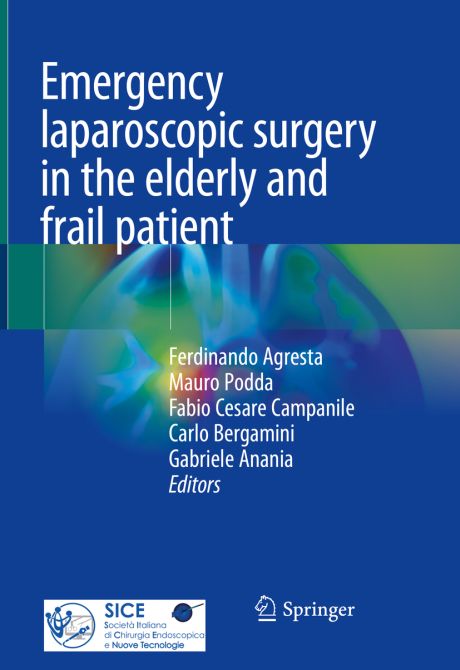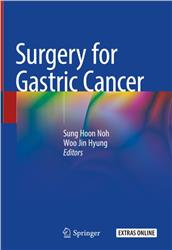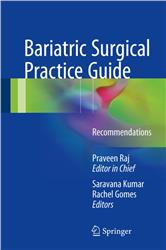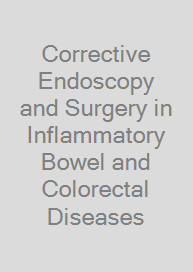Emergency laparoscopic surgery in the elderly and frail patient
| Auflage | 2021 |
| Seiten | 350 pp., 80 illus. |
| Verlag | Springer |
| ISBN | 9783030799892 |
| Artikel-Nr. | 569026 |
Lieferzeit ca. 5 Werktage
Produktbeschreibung
The global population is aging rapidly, and as a result emergency abdominal surgery for acute abdomen in the elderly has become a global issue. Demographic changes in the population have also altered the profile of emergency abdominal surgery, with typical causes of acute abdomen in the elderly including acute cholecystitis, incarcerated hernia, bowel obstruction and appendicitis. In these patients, recovery from surgery is often complicated, leading to longer hospital stays compared with younger patients. Laparoscopy in the emergency setting is well established and offers a number of advantages over open surgical approaches, such as reduced postoperative pain, length of hospital stay and complication rates. While laparoscopic surgery for acute diverticulitis has become more widespread, in other conditions, like small bowel obstruction and perforated peptic ulcer, laparotomy is still used in about 70% of cases. Further, despite the urgent need for knowledge regarding surgical treatment of acute abdomen in the elderly, there is still a lack of evidence in this relevant clinical field
This book analyzes the management strategies and critically evaluates the outcomes of laparoscopic emergency surgery for acute abdomen in the elderly according to the principles of evidence-based medicine. Discussing each topic clearly, and promoting the use of emergency laparoscopy in elderly patients, the book is intended for young general surgeons and surgeons in training with at least a basic knowledge of surgery for acute abdomen. It is also useful as a quick reference tool during on-call shifts.
Discusses the major problems encountered in treating frail elderly patients suffering from emergency abdominal conditions in a concise and functional wa
Includes diagnostic and therapeutic trips and tricks
Presents diagnostic and therapeutic flowcharts for quick and easy consultation in daily clinical practice
This book analyzes the management strategies and critically evaluates the outcomes of laparoscopic emergency surgery for acute abdomen in the elderly according to the principles of evidence-based medicine. Discussing each topic clearly, and promoting the use of emergency laparoscopy in elderly patients, the book is intended for young general surgeons and surgeons in training with at least a basic knowledge of surgery for acute abdomen. It is also useful as a quick reference tool during on-call shifts.
Discusses the major problems encountered in treating frail elderly patients suffering from emergency abdominal conditions in a concise and functional wa
Includes diagnostic and therapeutic trips and tricks
Presents diagnostic and therapeutic flowcharts for quick and easy consultation in daily clinical practice
Fachzeitschriften

Bleiben Sie informiert!
Melden Sie sich für den frohberg.de-Newsletter an und nutzen Sie jetzt Ihre Vorteil:- Willkommens-Dankeschön: Beatmungsmaske Rescue Me
- Aktuelle Neuerscheinungen und Empfehlungen
- Exklusive Angebote und Kongress-Highlights










